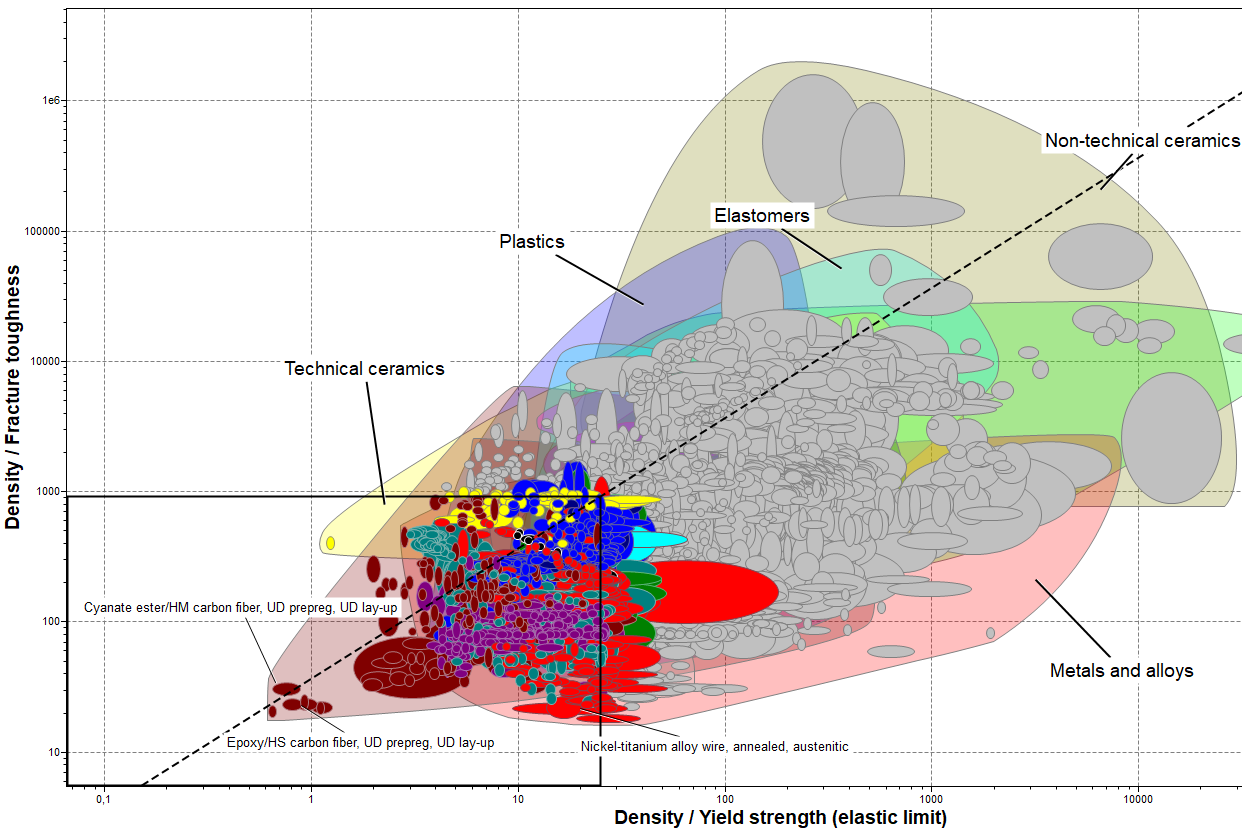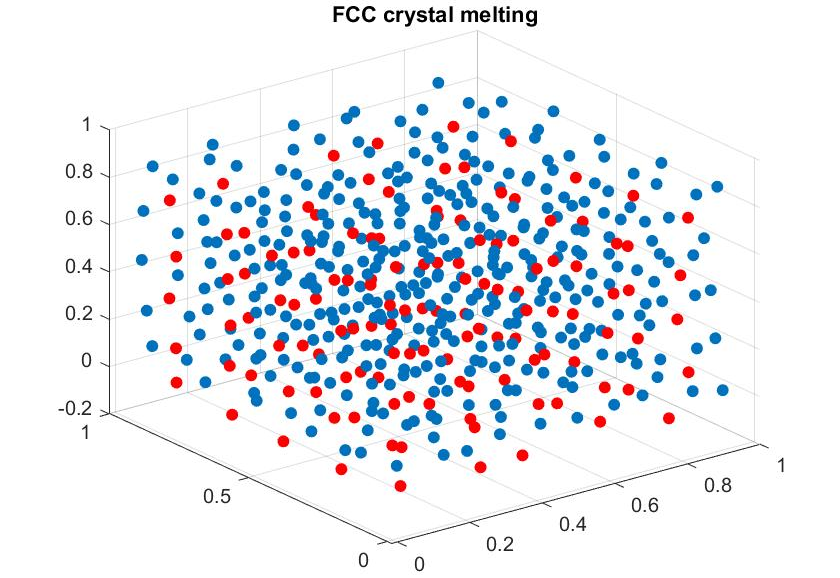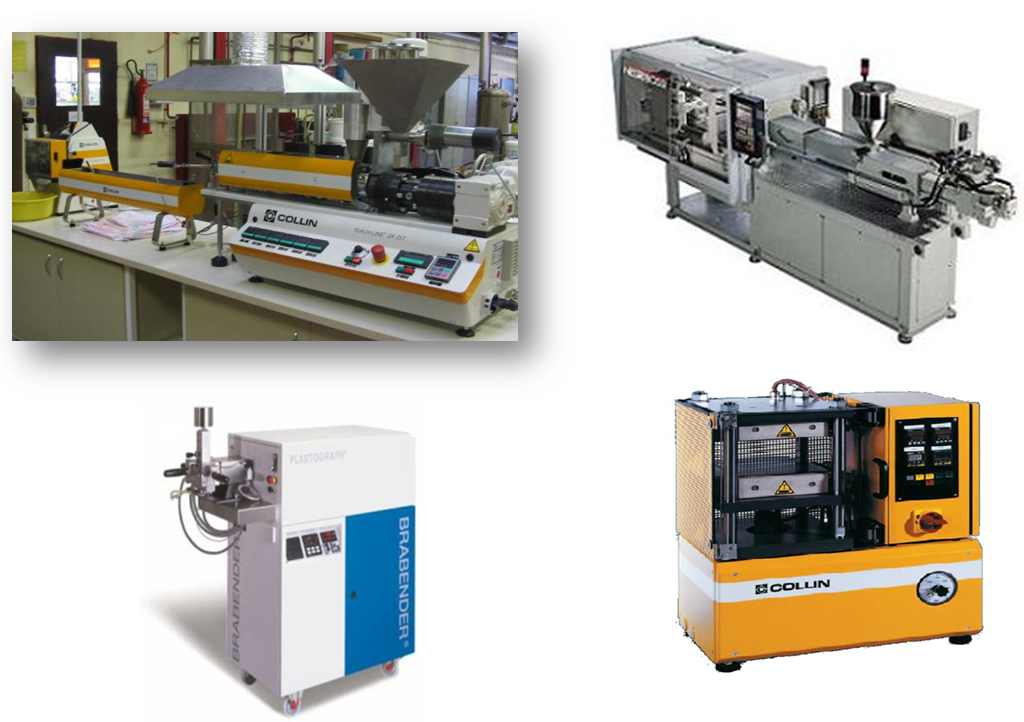Teaching laboratory of ‘Materials Selection and Design’
Lecturer: Prof. Enrico Bernardo
Specific training on Cambridge Engineering Selector software and on the use of other commercial software (Origin and Excel) for the purpose of materials selection
- Development of basic materials selection charts
- Graphical selection by means of materials selection indices
- Graphical selection with multiple constraints and objectives
- Graphical study of the improvement of components by synergic control of material and shape
- Graphical study of the efficiency of composites
- Study of the environmental sustainability of selected solutions of material and shape


Teaching laboratory of ‘Nano-structured Materials’
Lecturer: Prof. Alessandro Martucci
The course is aimed at providing the basic knowledge on the methods of fabrication and characterization of nanomaterials and nanostructures, on their main properties and applications. An integral part of the course is represented by 4 laboratory experiences:
- Synthesis and characterization of gold nanaparticles
- Synthesis and characterization of semiconductor quantum dots
- Sol-gel deposition of thin films of silica modified with functional groups, for controlled surface wettability
- Sol-gel deposition of TiO2-based thin films and characterization of their optical and photocatalytic properties
The characterization techniques adopted are: UV-Vis absorption, photoluminescence, FTIR, X-ray diffraction, ellipsometry to measure the refractive index and film thickness, contact angle, photocatalysis, SEM.
LEARN MORETeaching laboratory of ‘Computation in Material Science’
Lecturer: Prof.ssa Lucia Nicola
As part of the Computational Material Science course, students solve problems related to materials science through numerical simulations. Some examples of exercises are the construction of a crystal at room temperature through atomic bonds and its melting (see figure), or the plastic deformation of a crystalline metal following the motion of dislocations, or the elastic deflection of a cantilever beam under mechanical load. The exercises involve the use of the MatLab programming language.
LEARN MORE

Teaching laboratory of ‘Composite Materials’
Lecturer: Prof. Angelo Simone
- Introduction to Python programming language
- Programming of algorithms for the study of laminates according classic lamination theory
- Definition and programming of algorithms for the calculation of the elastic constants of a laminate by means of finite elements method
Teaching laboratory of ‘Corrosion and Materials Protection’
Lecturers: Prof. Luca Pezzato, Prof. Manuele Dabalà
During the lectures numerical exercises are provided for the calculation of the various operating parameters in corrosive processes. There are also laboratory exercises in which students will check the various forms of corrosion and calculate the service life of a metal product in a corrosive environment.
LEARN MORE

Teaching laboratory of ‘Design with Polymeric Materials’
Lecturer: Prof. Alessandra Lorenzetti
Simulation of the injection molding process with Autodesk Moldflow software
LEARN MORETeaching laboratory of ‘Transformation Processes and Recycling of Plastic Materials’
Lecturers: Prof. Michele Modesti, Dr. Carlo Boaretti
Laboratory of Polymer Processing technology
LEARN MORE

